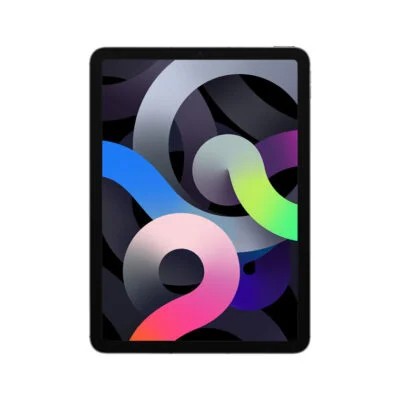
3D printing, also known as additive manufacturing, has come a long way since its inception. It has transitioned from being a tool primarily for prototyping to a transformative technology impacting industries such as healthcare, automotive, aerospace, and even fashion. But what does the future hold for 3D printing? Let’s explore some trends and advancements that could shape the next era of this remarkable technology.
1. Mass Customization
One of the most promising aspects of 3D printing is its ability to produce customized products on a large scale. As the technology becomes more efficient and cost-effective, industries like healthcare could see a revolution in personalized medical devices. Imagine prosthetics, dental implants, or even prescription glasses tailored specifically for an individual’s needs—all produced quickly and affordably.
2. Advancements in Materials
The future of 3D printing lies not just in the machines but in the materials used. While current options include plastics, metals, and ceramics, researchers are developing advanced materials such as graphene, bio-compatible polymers, and even edible substances for food printing. These materials will expand the applications of 3D printing, making it viable for industries ranging from construction to food technology.
3. Sustainable Manufacturing
As sustainability becomes a global priority, 3D printing could play a pivotal role in reducing waste. Unlike traditional manufacturing, which often involves cutting away excess material, additive manufacturing builds objects layer by layer, minimizing waste. Moreover, innovations in recyclable and biodegradable materials could make 3D printing a cornerstone of eco-friendly production practices.
4. Integration with Artificial Intelligence
The integration of artificial intelligence (AI) into 3D printing could unlock new possibilities. AI algorithms can optimize designs for functionality and material efficiency, reducing costs and production times. Additionally, AI-powered 3D printers could self-correct errors during the printing process, enhancing precision and reliability.
5. 3D Printing in Space
Space exploration could be revolutionized by 3D printing. NASA and other space agencies are already using 3D printers to create tools and components on the International Space Station. In the future, this technology could be used to build habitats on the Moon or Mars, using local resources to create sustainable living conditions for astronauts.
6. Healthcare Breakthroughs
The medical field stands to benefit immensely from 3D printing. Beyond prosthetics and implants, researchers are working on bioprinting—the creation of tissues and organs using a patient’s own cells. While still in its infancy, this technology could one day eliminate the need for organ donors, saving countless lives.
7. Consumer-Level 3D Printing
As 3D printers become more affordable and user-friendly, consumer adoption is expected to rise. Imagine being able to print replacement parts for household appliances, custom toys, or even furniture right in your living room. The widespread availability of 3D printers could democratize manufacturing, empowering individuals to create their own products.
8. Faster Printing Speeds
One of the current limitations of 3D printing is the time it takes to produce objects. However, advancements in technology are expected to significantly speed up the process. Emerging techniques, such as continuous liquid interface production (CLIP), promise to reduce printing times while maintaining high levels of detail and accuracy.
9. Applications in Construction
3D printing is already making waves in the construction industry, with entire houses being printed in a matter of days. The future could see widespread adoption of this technology for building homes, bridges, and other structures, reducing costs and construction times while allowing for innovative architectural designs.
Conclusion
The future of 3D printing is incredibly bright, with endless possibilities across various industries. From personalized healthcare solutions to sustainable manufacturing practices and even space exploration, 3D printing is set to redefine the way we create and consume. As technology continues to evolve, the boundaries of what can be achieved with 3D printing will undoubtedly expand, opening up a world of opportunities we can only begin to imagine.









